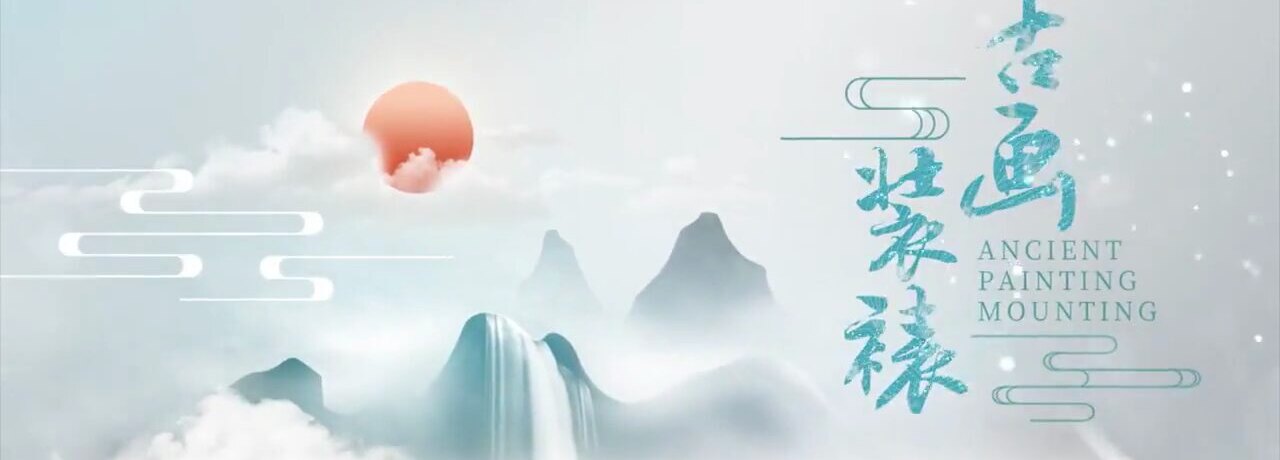
BAFTSS 2024: Televising cultural heritage in Hi Producer (iQIYI, 2023)
At this year’s BAFTSS conference, held at the University of Sussex from 3-5 April 2024, I shared work that I first developed for an internal presentation to the History, Heritage and Archives cluster. I had become interested in the ways Chinese popular television dramas interact with ideas of heritage through working on tomb raiding programmes; my main research interests have gone in a different direction, making this an enjoyable sidebar. The BAFTSS panel was titled ‘TV Watches Itself’ and had three international examples (American, Korean, and Chinese) of television series that are about making television.
The Chinese television series Hi Producer (iQIYI, 2023) follows a fictional independent television production company as it develops a series about cultural heritage topics local to Suzhou and of interest nationally. 35 episodes long, it is part of a recent cycle of ‘women in the workplace’ dramas. It also takes a compellingly heterogeneous approach to genre and storytelling, which raises questions about the role of television in cultural heritage, particularly as Hi Producer is arguably an extended advert for the Suzhou Museum.
Hi Producer hybridises several different genres, often moving across each of these in a single episode: a media industry workplace (melo)drama; historical show-within-the-show sequences that parody (or are pastiches of) notable Chinese period dramas, for example, that re-use costumes from international hits Story of Yanxi Palace (iQIYI, 2018) and Winter Begonia (iQIYI, 2020) which was also produced by Huanyu Entertainment; docudramas about the working lives of craftspeople who discuss their work in heritage industries, featuring guest actors who are also well-known for their work in historical dramas; and ‘behind-the-scenes’ documentary interviews with ‘real’ craftspeople. Running throughout are explicit (and metafictional) conversations strategizing how to enact policy discourse, especially once a competitor series with less ‘historical integrity’ and a lower-brow appeal starts airing. The fictional production company staff discuss at length how to present museum artefacts for an audience within the diegesis, but Hi Producer moves between discussing these production choices and then presenting them to its own audience (i.e., we the viewers of Hi Producer). In this way, the different genres and modes of address highlight the reflexive positioning of a fictional production company in Hi Producer that is making heritage-inflected television programming, while aiming for the same set of goals for the audience of Hi Producer itself.
Therefore, this presentation looked at Hi Producer’s multifaceted approach to representing television producers’ balancing act of producing engaging and informative cultural heritage programming. By dramatizing the processes, this series positions television production as a craft (and a labour of love) akin to the tailors, goldsmiths, and ceramicists profiled within the programme. However, by recalling the production company’s past successes in heritage/historical television dramas, these intertextual references can be read as pointed reminders of the role that lavish, camp, and/or queer-oriented period dramas play both economically and in terms of soft power.
I do not currently have publication plans for this work, and had been hoping that this conference presentation could be a fun way to share a complicated and compelling text with an interested audience. I did manage that, but writing a longer article might be the only way to be satisfied that I’ve managed to fully and completely explain why this series caught my attention.
